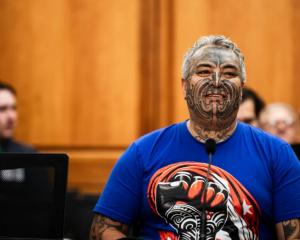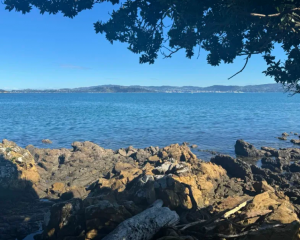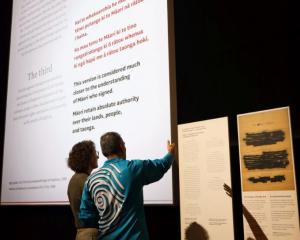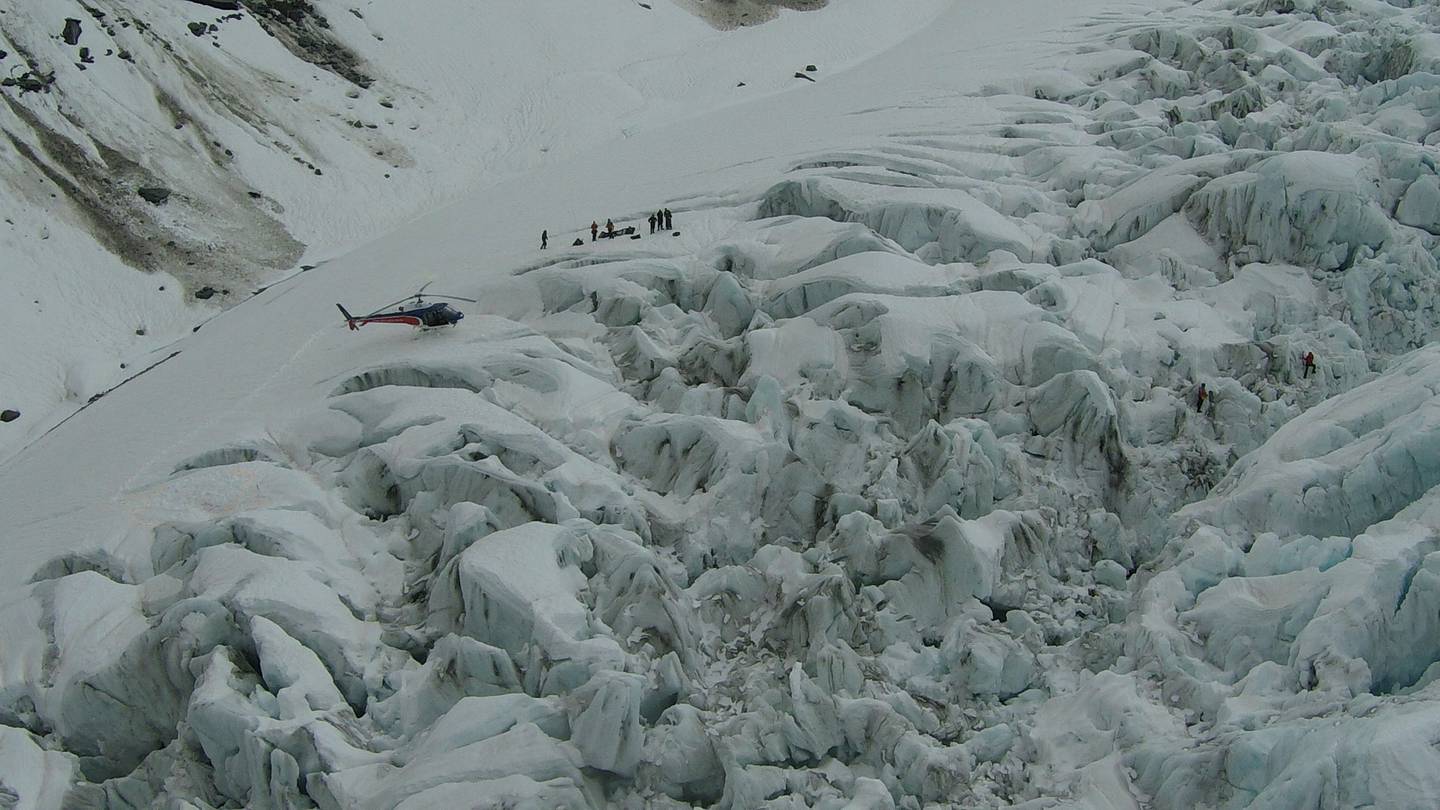
Mitch Gameren (28) died along with six passengers when the Alpine Adventures’ AS350 Squirrel helicopter he was flying plunged into a deep crevasse in the glacier on November 21 in 2015.
Tourists Sovannmony Leang (27) and Josephine Gibson (29) from Australia, and Cynthia Charlton (70), husband Nigel Charlton (66), Andrew Virco (50) and his 51-year-old partner Katharine Walker, all from the United Kingdom, were killed.
Mrs Charlton’s body was only found two years later by a tramper.
Coroner Marcus Elliott is looking into the circumstances leading up to the crash and to see if any recommendations could be made to try and prevent any future tragedies.
The hearing, under way at the Christchurch Justice and Emergency Services Precinct, is expected to take five days.
The names of the deceased were read aloud to the court before a minute’s silence was observed, followed by a karakia.
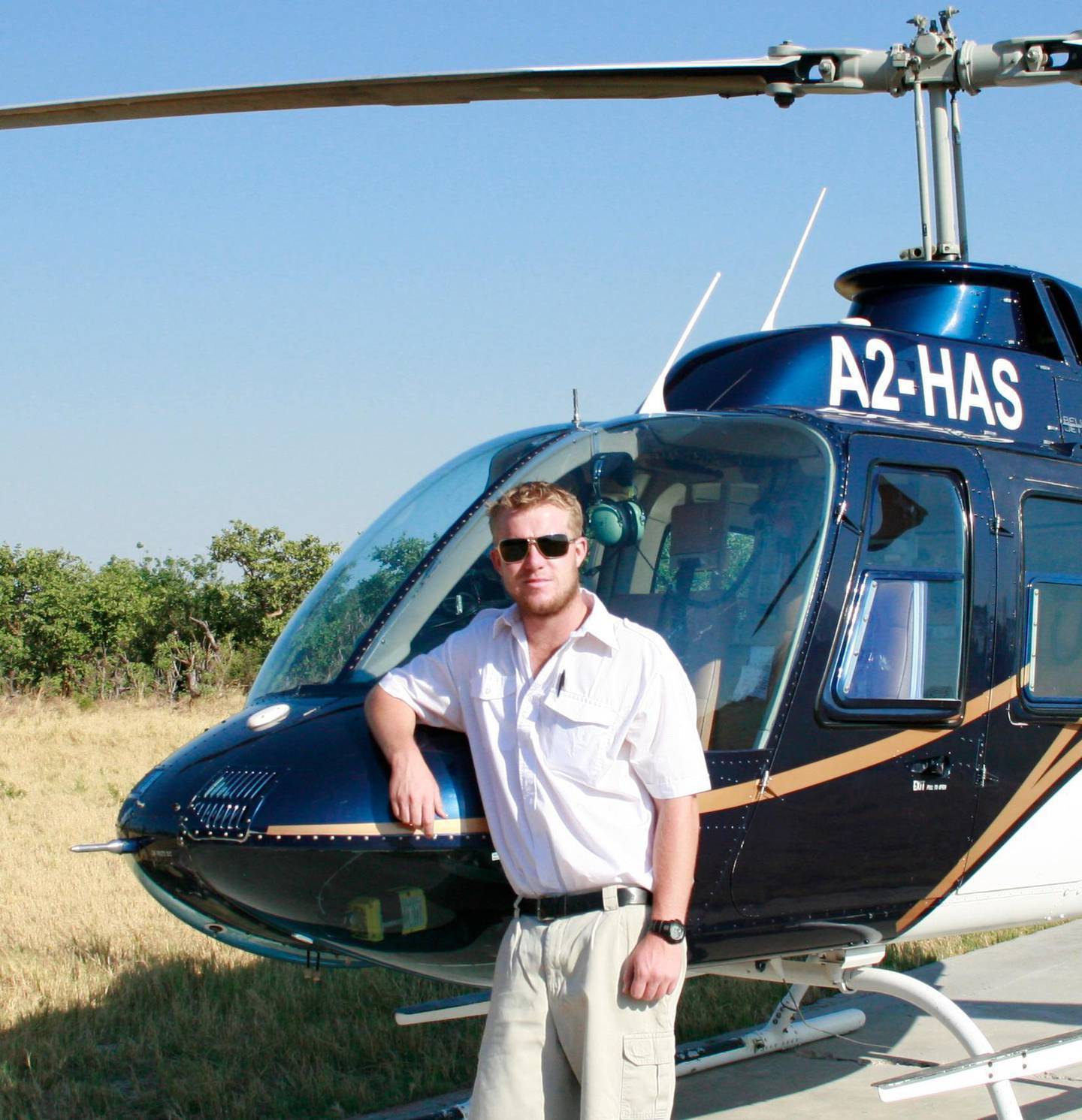
The fact they died in doing so “is enough to cause our hearts to break”, the coroner said.
He explained that the inquest comes almost six years after the crash because it was adjourned by investigation carried out by the Civil Aviation Authority and the court proceedings brought by them which concluded in 2019.
Counsel assisting the coroner, Anne Toohey, this morning gave an opening statement for the inquiry into what she called “one of New Zealand’s worst helicopter accidents”.
The cause of the crash was “adequately established” by Transport Accident Investigation Commission (TAIC) inquiry, Toohey said, and so the focus was on whether the coroner can make any recommendations for the industry.
Fox Glacier, along with neighbouring Franz Josef Glacier, is not controlled airspace and flights operate under visual flight rules.
At Fox Glacier, aviation rules state there must be minimum visibility of 5000 metres, and any aircraft must be clear of cloud and in sight of the surface.
On November 21, 2015 the weather was rainy and cloudy. Some flights had already been postponed and cancelled that morning.
But at some point, Gameren decided that the weather had improved enough to take up a scenic flight with six passengers.
The flight took off at 9.45am and was due back 10.05am.
Mid-flight, Gameren contacted the pilot of another helicopter operating in neighbouring Franz Josef glacier. It was the last contact he made.
During the flight, some passengers took photographs, which were later recovered.
They show the helicopter landing on the glacier at Chancellor Shelf. Some of the passengers got out to walk on the snow.
It was snowing, the inquest heard, with cloud coming and going.
But after the helicopter took off again, it crashed soon after into a deep crevasse about 600m south of the shelf.
There were no survivors. And there were no witnesses or onboard flight recording data.
A TAIC report published in May 2019 found that the helicopter struck the glacier surface with high forward speed and a high rate of descent with the engine delivering power.
TAIC found that the weather conditions were unstable and unsuitable for scenic flights and likely frequently below criteria under CAA rules.
It was very likely, the report found, that when the helicopter took off and went down the valley, the pilot’s perception of height was affected by cloud, precipitation, flat light, and condensation on helicopter’s front windscreen which was likely caused by passengers getting into the machine with damp clothing.
The CAA suspended the Air Operating Certificate (AOC) of Alpine Adventures’ managing director and owner James Patrick Scott after the tragedy, grounding his 15-strong helicopter fleet.
In June 2016, the CAA charged Scott and quality assurance manager Barry Waterland’s company, Aviation Manual Development (2009) Ltd, under the Health and Safety in Employment Act legislation.
Scott and Aviation Manual Development later admitted failing to take all practicable steps to ensure no action or inaction of any employee while at work harmed any other person. The maximum penalty is a $250,000 fine. Waterland was discharged without conviction.
Before sentencing at Christchurch District Court in 2018, Scott made a voluntary reparation payment of $125,000 to each of the seven families, totalling $875,000. He was then fined $64,000 while Aviation Manual Development escaped a fine after the court heard it had no financial means to pay one.
At sentencing, a family friend of the Charlton family called for changes to health and safety rules in the New Zealand adventure tourism industry to prevent future tragedies.
Walker’s brother, speaking from Britain, slammed what he saw as a “reprehensible” disregard for health and safety and “egregious, systematic failures” by the New Zealand aviation industry.

